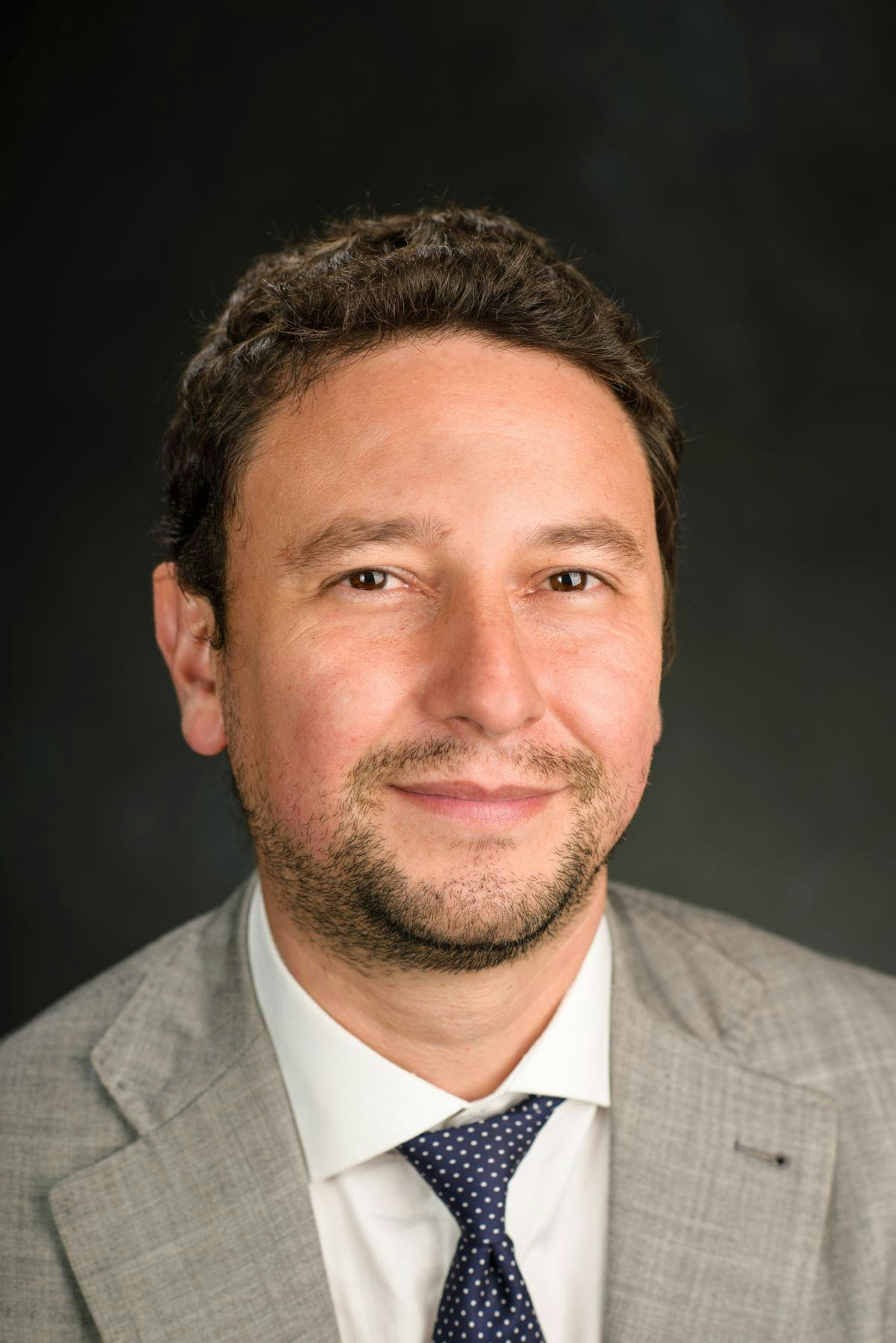Advice for officials, new strategies to flatten the curve from Stevens resilience expert Jose Ramirez-Marquez
As the COVID-19 pandemic advances globally, nationally and locally, emergency measures are being deployed. Drive-through testing facilities have been rapidly rolled out in both New York and New Jersey; travel advisories and stay-at-home orders have been delivered; new medical facilities are being constructed in locations such as New York City's Central Park and the Javits Convention Center.
Stevens' own experts have also mobilized.
Jose Ramirez-Marquez, a professor in the School of Systems & Enterprises, has long been an expert on emergency planning and resilience. His travels have taken him around the world, bringing data science, artificial intelligence and novel algorithmic methods to questions about resources, utilities, medical infrastructure and other life-saving disaster response countermeasures.
With colleagues including co-investigator Ivan Hernandez Ph.D. '16 (now a researcher at Google), he helped analyze New York City's own disaster planning for the Department of Health and Mental Hygiene (DHMH) from 2011 through 2014, proposing new tools to visualize and plan for medical emergencies.
The project developed and tested new combinations of analytic techniques for determining how many emergency medical facilities the city should plan, where they should be located — even how they should be laid out and staffed. Among the group's conclusions: the number of medical dispensary points in the city should not be reduced, and line managers (the initial greeters to patients) are extremely important to the process flow.
"Multi-objective optimization is a powerful technique that can be used to understand trade-offs," the team concluded about its new methods in a report in the journal Computers & Industrial Engineering in 2015. "By combining simulation and optimization, complex models with high uncertainty can effectively be optimized."
For the current crisis, Ramirez-Marquez says, novel data-driven tools and methods could also be rapidly developed to mine data and help determine the key factors in areas that have not been as hard-hit.
"I am currently working on techniques to visualize communities that have shown resilience in the face of COVID-19," he explains, "and from there identify what attributes or policies were implemented that can be translated to other communities that will be affected in the near future."
He has teamed up with systems professor Carlo Lipizzi and College of Arts and Letters professor Mike Kowal to propose the rapid development of new methods that could help analyze the disease's spread and help triage and optimize the response in real time.
The proposal includes incorporating analysis of both social media data and news media from emerging hotspots, examining social interactions, interconnections, discussion content and other variables to build predictive models that can accurately classify local strategies and their effectiveness. A team grant proposal has already been created and forwarded to the National Science Foundation (NSF) for action.
Meanwhile, for mayors and governors currently battling the growing pandemic, Ramirez-Marquez offers similar advice: follow the data.
"If it were up to me to advise, I would recommend a probabilistic prioritization of the patients that need testing and actual medical care," he counsels. "Given that at this point we know some basics about how the virus affects people by age, sex and pre-existing condition, we would proceed by identifying those that need testing the soonest — and, of those positive ones, create another pool for potential care."



